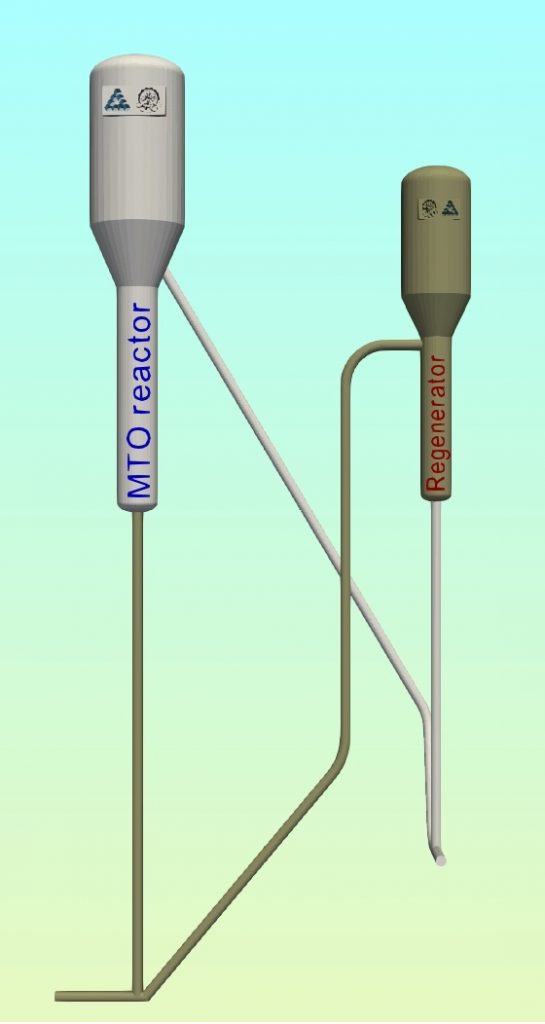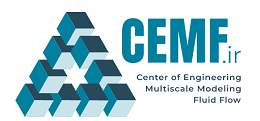General Information
- Project Duration: 10 months (2020-2021), not finished.
- Contractor: Chemistry & Chemical Engineering Research Center of Iran (CCERCI)
- In cooperation with: Dr. Sajjad Habibzadeh
Summary
Given a SAPO-34 catalyst with known kinetic data at lab-scale, the aim of the project is to use modeling and simulation tools for the design of the MTO and the regenerator reactors at pilot-scale. Chemistry & Chemical Engineering Research Center of Iran (CCERCI) is developing a technology for the production of olefins from methanol based on the fluidized bed concepts at pilot-scale. CCERCI has tested catalyst in the lab-scale in a fixed bed and now wants to perform tests at pilot-scale. We are cooperating with CCERCI to design (size, configuration, operating conditions and etc.) this pilot scale reactor based on the proper modeling (design by modeling).
The MTO process consists of two reactors: the MTO reactor and the regenerator reactor. The process is based on the fluidized bed concept with continuous circulation of catalyst to convert the spent catalyst into regenerated catalyst and send it back to the reactor. Methanol, possibly with steam, enters the reactor to react on the catalyst and converts to C2=, C3= and higher hydrocarbons. The process involves coke deposition on the catalyst which degrades the catalyst activity. So, continuous regeneration of deactivated catalyst is performed in the regenerator.
The main concerns in our design are:
- The best reactor configuration and pressure balance between the two reactors to achieve isolated, controllable, and stable catalyst circulation between MTO and regenerator reactors.
- The operating conditions of both reactors in terms of temperature, pressure and gas flow rates to obtain the desired product yield and methanol conversion.
- Dimensions of both reactors, catalyst circulation rate, catalyst inventory in each reactor that provide the desired gas-solid contact time (for reaction) and catalyst mean residence time.
We use various modeling tools ranging from 1-D kinetic models to computation fluid dynamics (CFD) models to answer various design questions and to obtain the best reactors configuration in this process.


